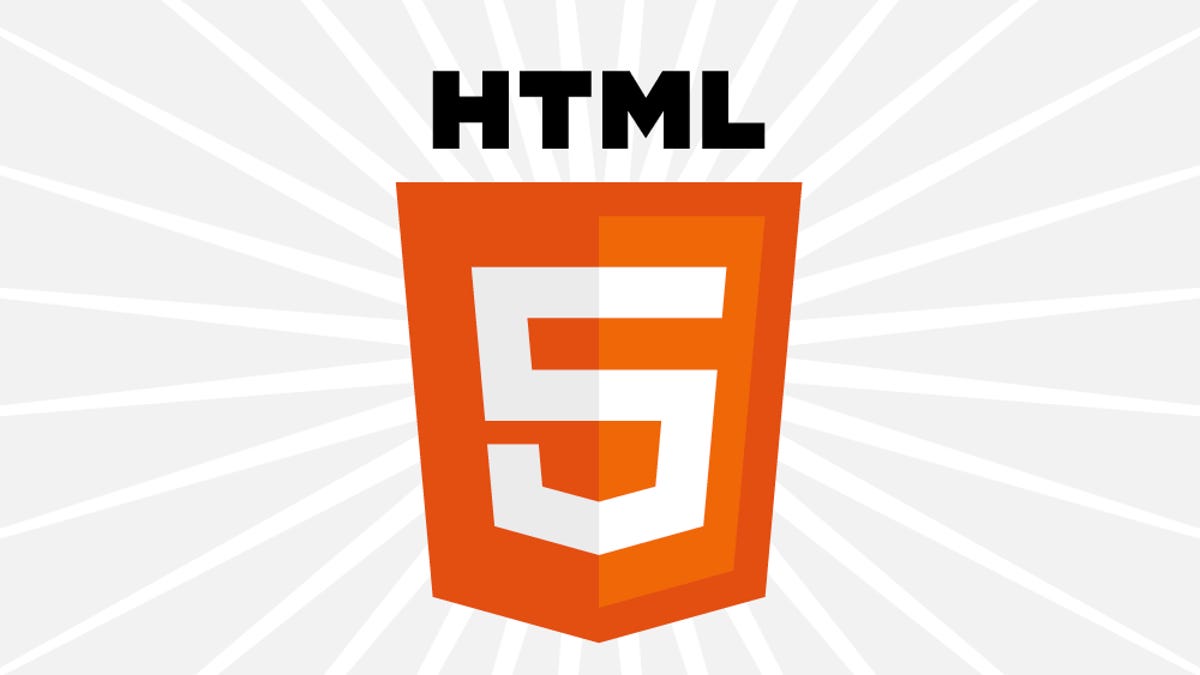W3C buttons down HTML5, opens up HTML5.1
The core language of Web pages is a step closer to standardization and a more advanced companion to tackle things like video captions, autocompleted form entries, and spell checking.

The World Wide Web Consortium (W3C) today took two significant steps down its double-track path toward standardizing HTML, the core language of the Web.
First, it released a "candidate recommendation" of Hypertext Markup Language 5, which means HTML5 is settling down in the eyes of the standards group. Second, it released a first draft of HTML5.1, a smaller set of changes it's developing simultaneously.
"CR [candidate recommendation] is the stable branch into which only bug fixes go, [and] 5.1 is the new line for improvements," said Robin Berjon, one of the five newly appointed HTML5 editors.
HTML5.1 gathers together several technologies for which there's already broad agreement. "They will relate to improvements to video captioning and fast seeking, better forms including input modes and autocomplete, spell checking, better image accessibility, and more powerful iframes," said W3C spokesman Ian Jacobs.
The HTML5 release meets a schedule the W3C set this year to ensure an earlier goal that HTML5 is standardized in 2014. Next steps along that path include the "last call final" release in the third quarter of 2014 and the last "recommendation" standard release in the fourth quarter of 2014.
W3C Chief Executive Jeff Jaffe has been working to accelerate Web standardization, but it's hard to reconcile the methodical pace of the process with the free-wheeling Web. That's especially true given that HTML also is standardized by a rival organization, the Web Hypertext Applications Technology Working Group (WHATWG), that employs a "living document" approach whose fluidity stands in stark contrast to the hard-baked milestone releases the W3C prefers.
Many HTML5 features already are in widespread use even though they're two years away from formal standardization. One way the W3C is working to make the process more manageable, though, is by splitting off various modular specifications into standards of their own that can be used when they're done rather than waiting for completion of a much larger monolithic standard comprising many smaller specifications.
Though the Web moves fast, the W3C is trying to create snapshots of HTML that aren't in constant flux. "The broader the reach of Web technology, the more our stakeholders demand a stable standard," Jaffe said in a statement.
There's something to be said for speed, though. Programmer priorities are swinging powerfully toward the realm of smartphones and tablets, where native applications rule the landscape. Facebook, one of the most prominent HTML developers and advocates, switched to native apps for their better responsiveness. HTML has better reach, since browsers are so widespread and many programmers don't have the resources to support second-tier operating systems such as Windows Phone or BlackBerry OS, but it's still dogged with a reputation of producing lower-performance apps.
The W3C also released a candidate recommendation for Canvas 2D, an offshoot of the HTML effort that offers programmers some two-dimensional graphics technology. And it released a first draft of a revision, Canvas 2D Level 2.

